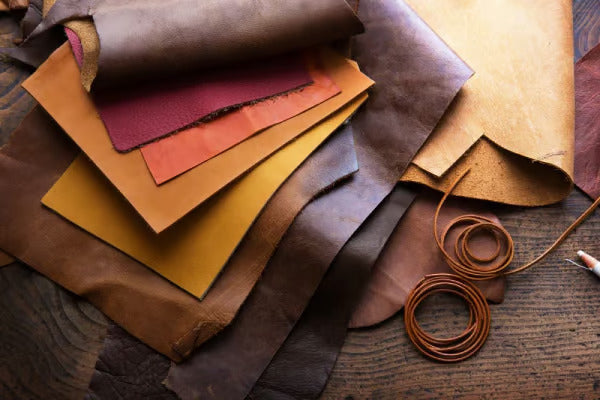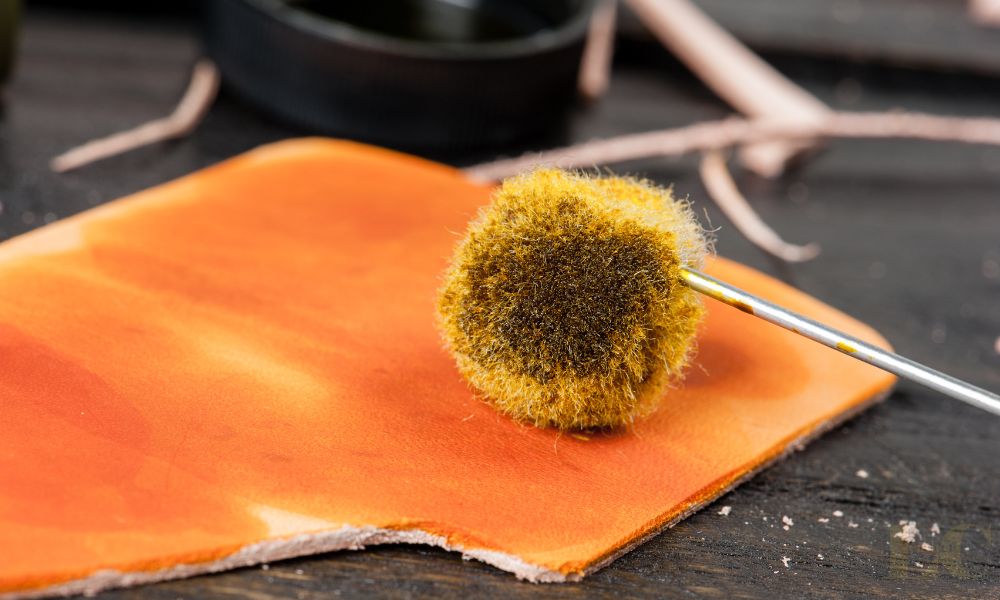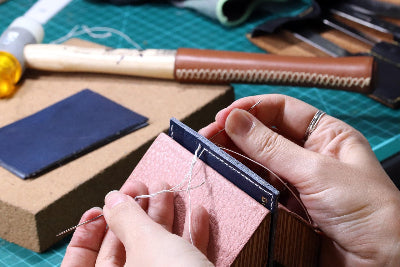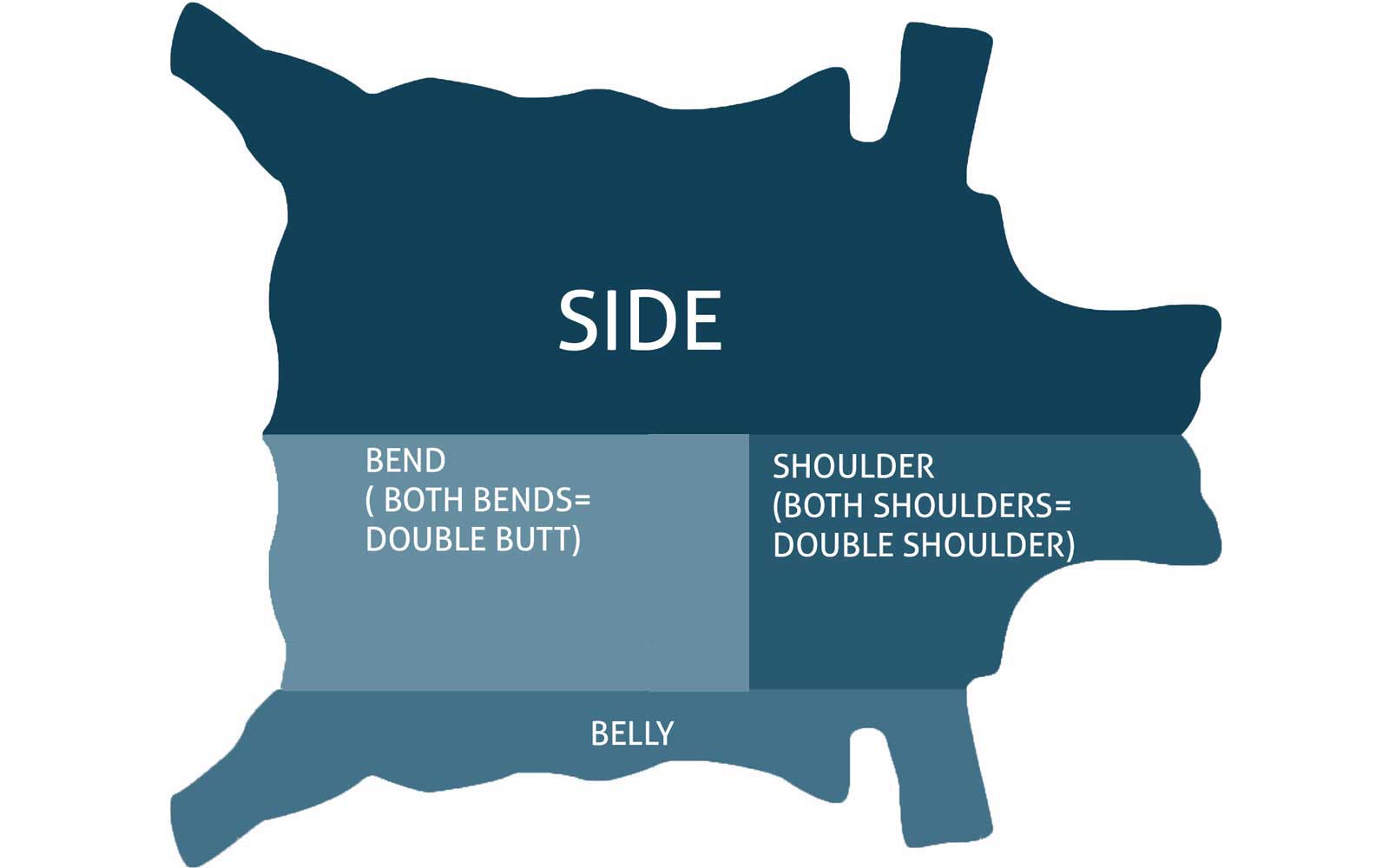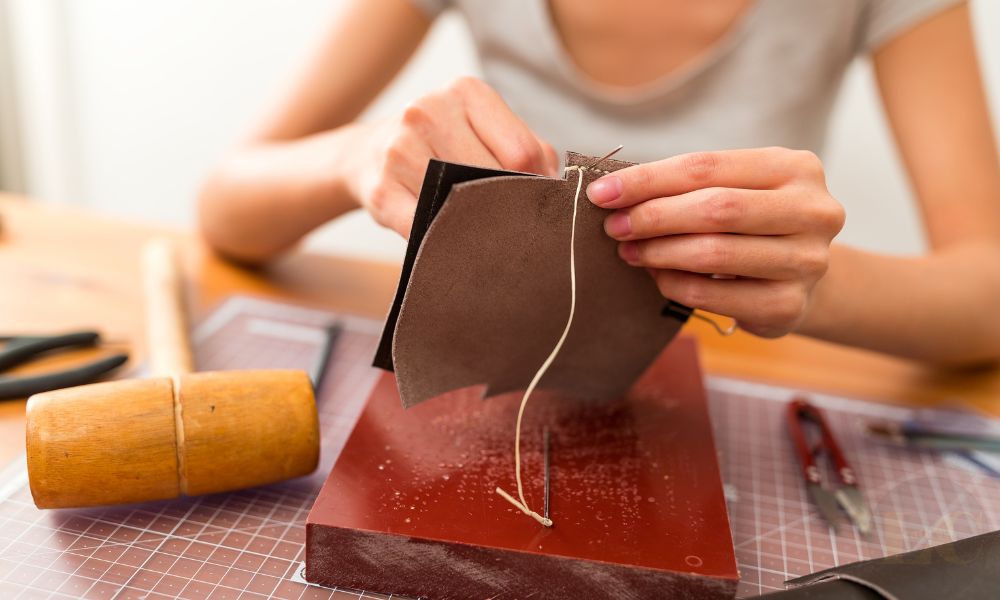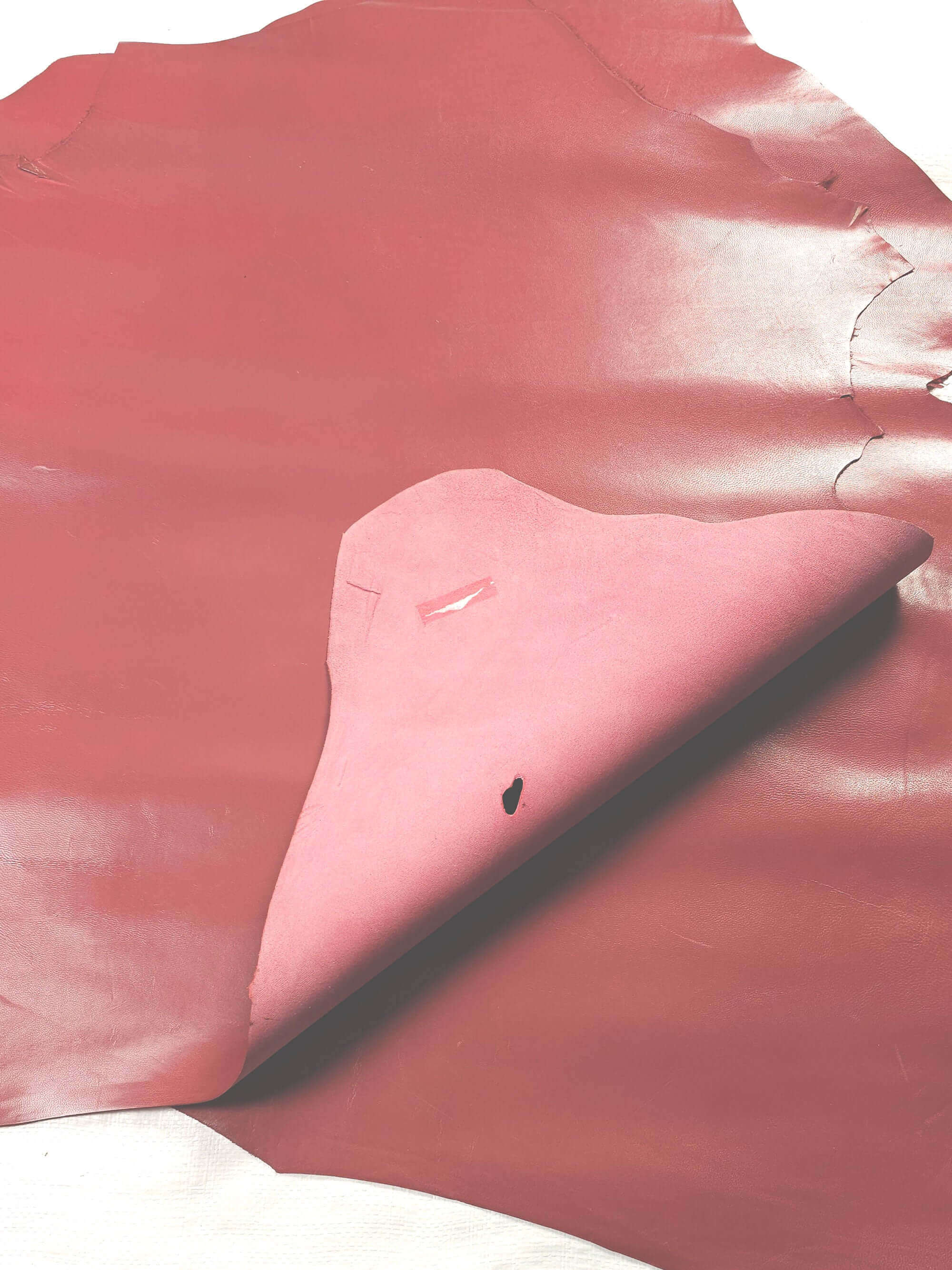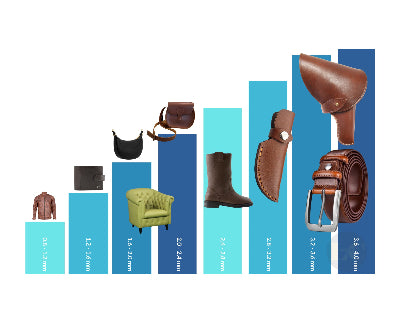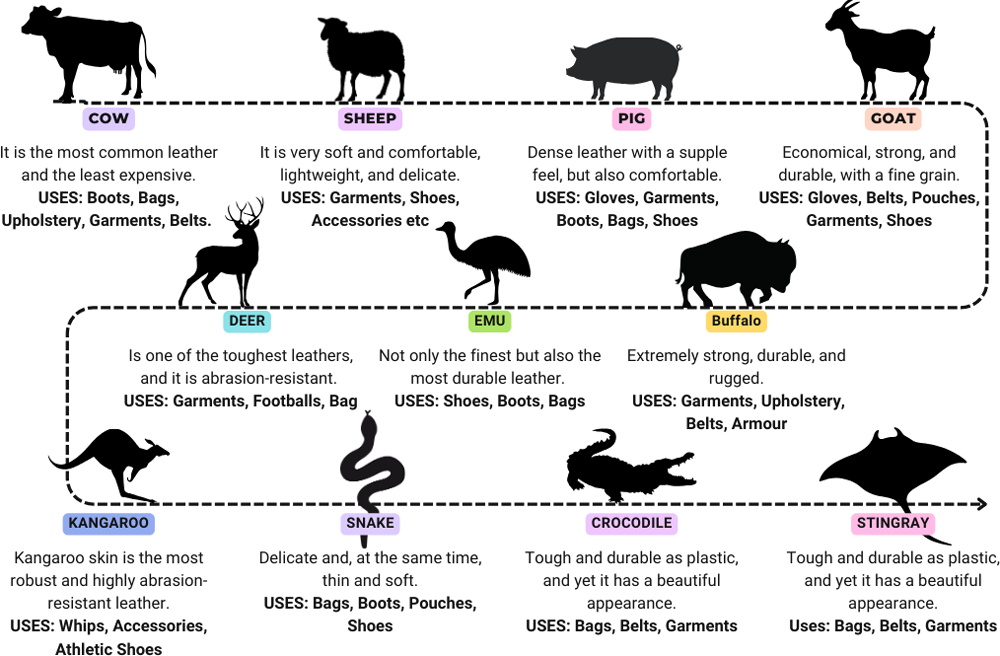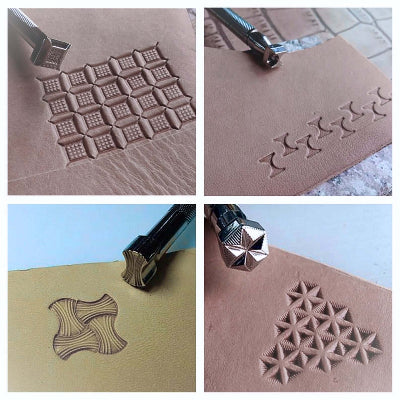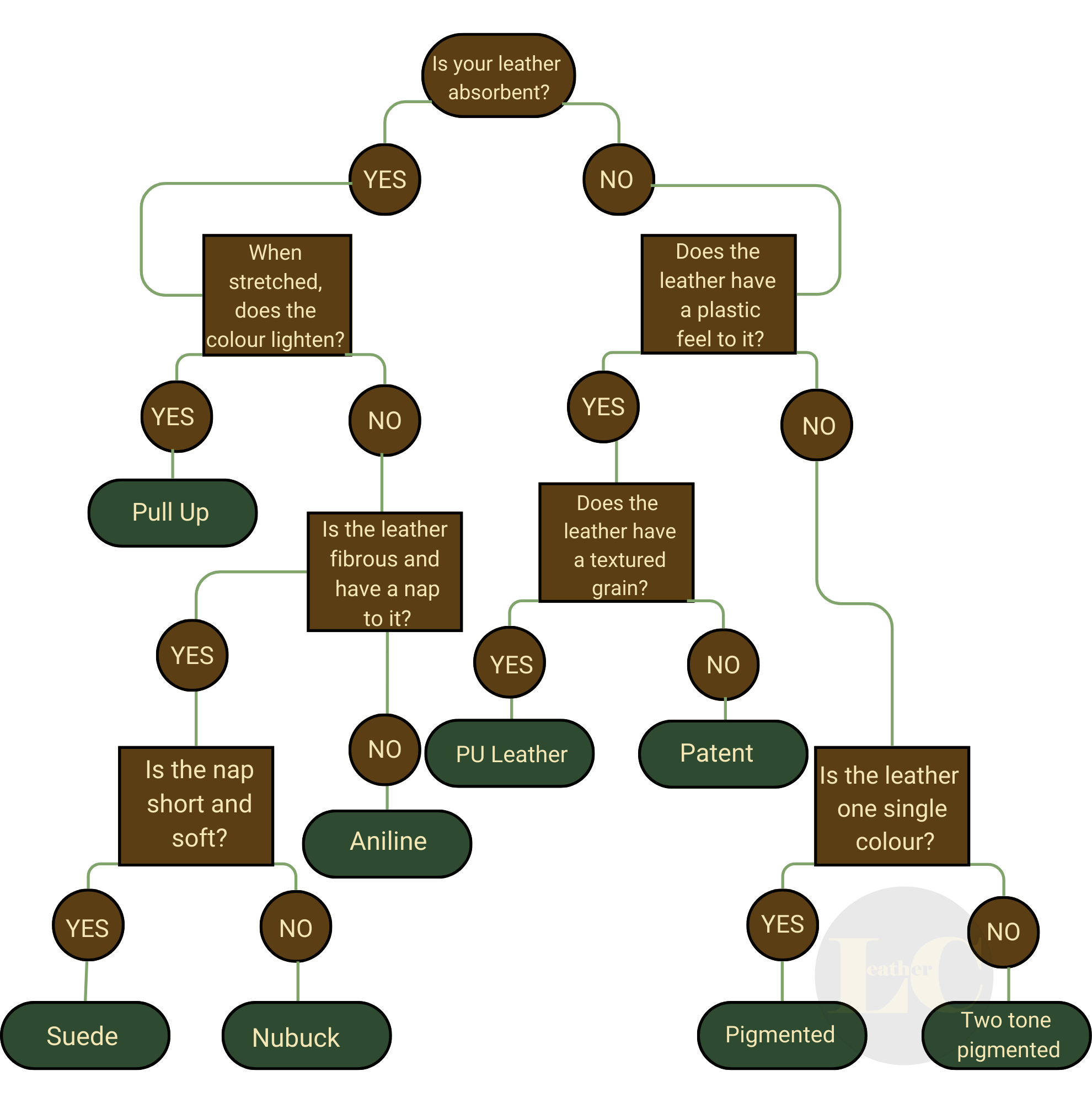How to Use Leather Scraps, Offcuts & Remnants in Creative Craft Projects
Posted on
Discover how leather scraps offer crafters affordable, sustainable, and creative options. Learn how these unique offcuts reduce waste and inspire standout DIY projects.
Leather Dyeing Techniques: How to Dye Leather at Home for Stunning Results
Posted on
Discover essential leather dyeing techniques in this complete DIY guide. Learn how to dye leather at home, choose the right dye for your leather type, avoid common mistakes, and create bold, custom finishes for your leather goods.
The Art of Hand Stitching Leather: A Timeless Skill for Leathercrafters
Posted on
Hand-stitching leather combines strength and beauty. Master this essential technique to add durable, handcrafted details to your leather projects.
Leather Hide Parts
Posted on
Leather hide parts explained simply! Know what each section offers and choose the perfect piece for your design needs.
6 DIY Leather Craft Projects
Posted on
Start your leather crafting journey with 6 DIY projects. Create personalised, durable items like journal covers, camera straps and more!
Working with Goatskin Hides
Posted on
Goatskin hides combine strength, flexibility, and a rich texture, making them ideal for leatherworking projects from accessories to bookbinding.
Leather Thickness Guide
Posted on
Confidently measure leather thickness with our step-by-step guide. Get tips to pick the right leather for wallets, belts, book covers, and more.
Selecting the Best Sources of Leather for Your Projects
Posted on
Discover the top sources of leather, including cowhide, sheepskin, and exotic options. Learn their traits, uses, and how to choose the best leather for your projects.
Leather Stamping Made Easy: A DIY Guide for Beginners
Posted on
Start your leather stamping journey! This beginner-friendly guide has all the tips, tools, and step-by-step advice you need to create custom designs at home.
How to Identify Different Leather Types
Posted on
Learn to easily identify different types of leather. Spot aniline, suede, patent, and more to make smart buys and care better!
Leather Buying Guide
Contact
Contact Information
📞 Phone: 0412 127 327
📧 Email: admin@leathercircle.com
📍 Location: Epping, VIC 3076
🔒 Safe & Secure Checkout

